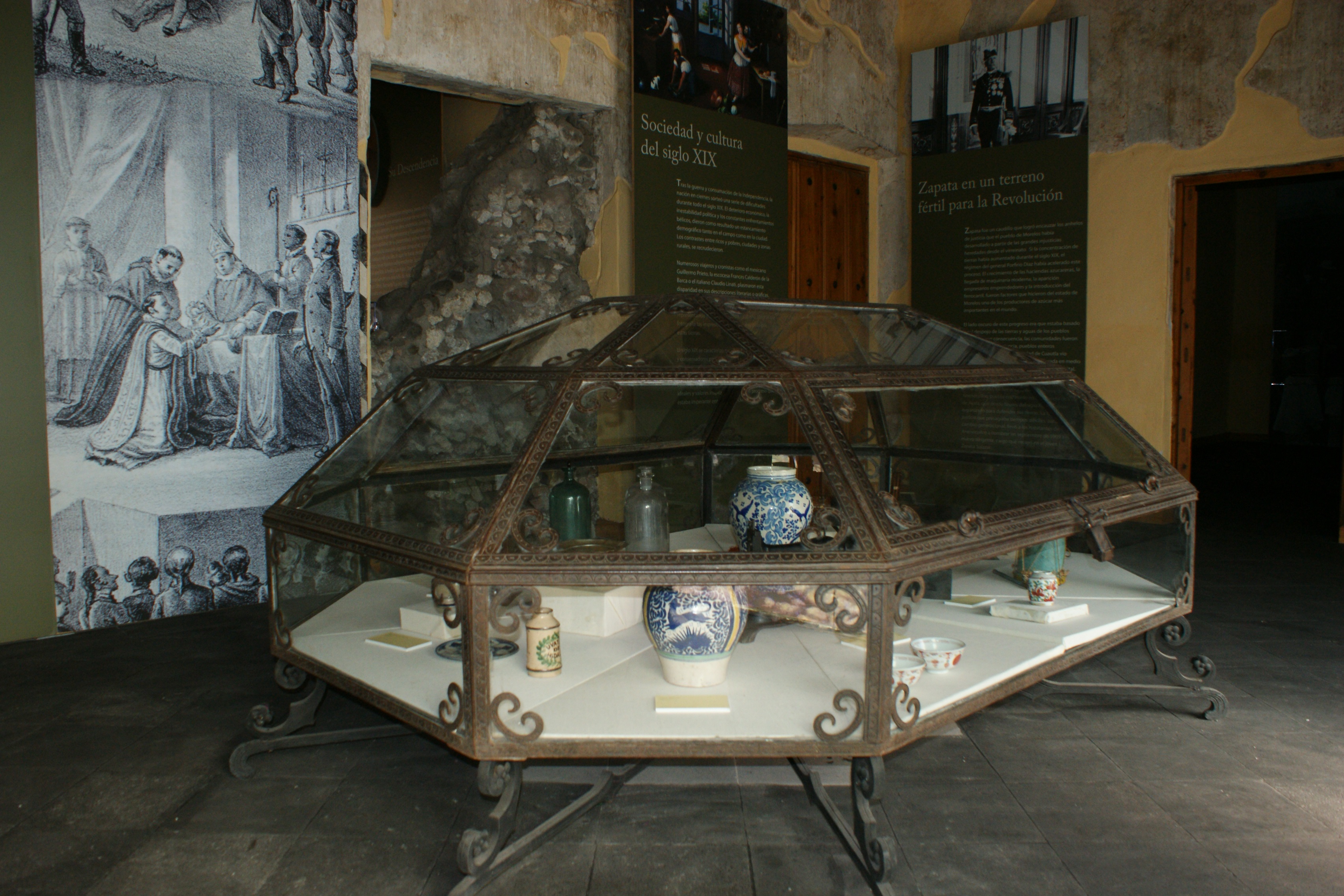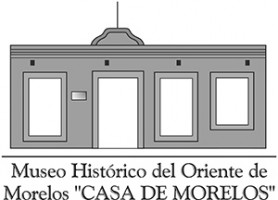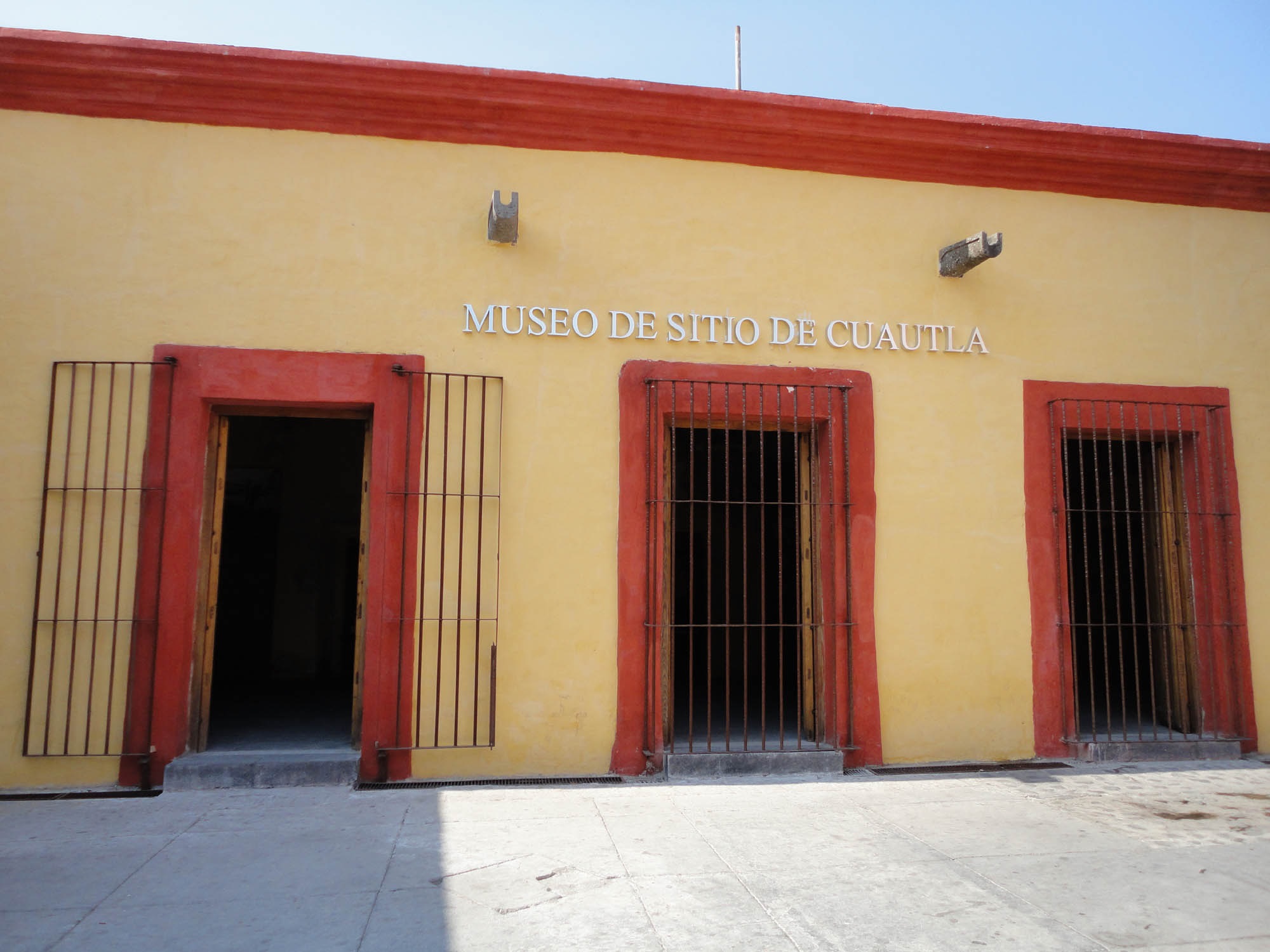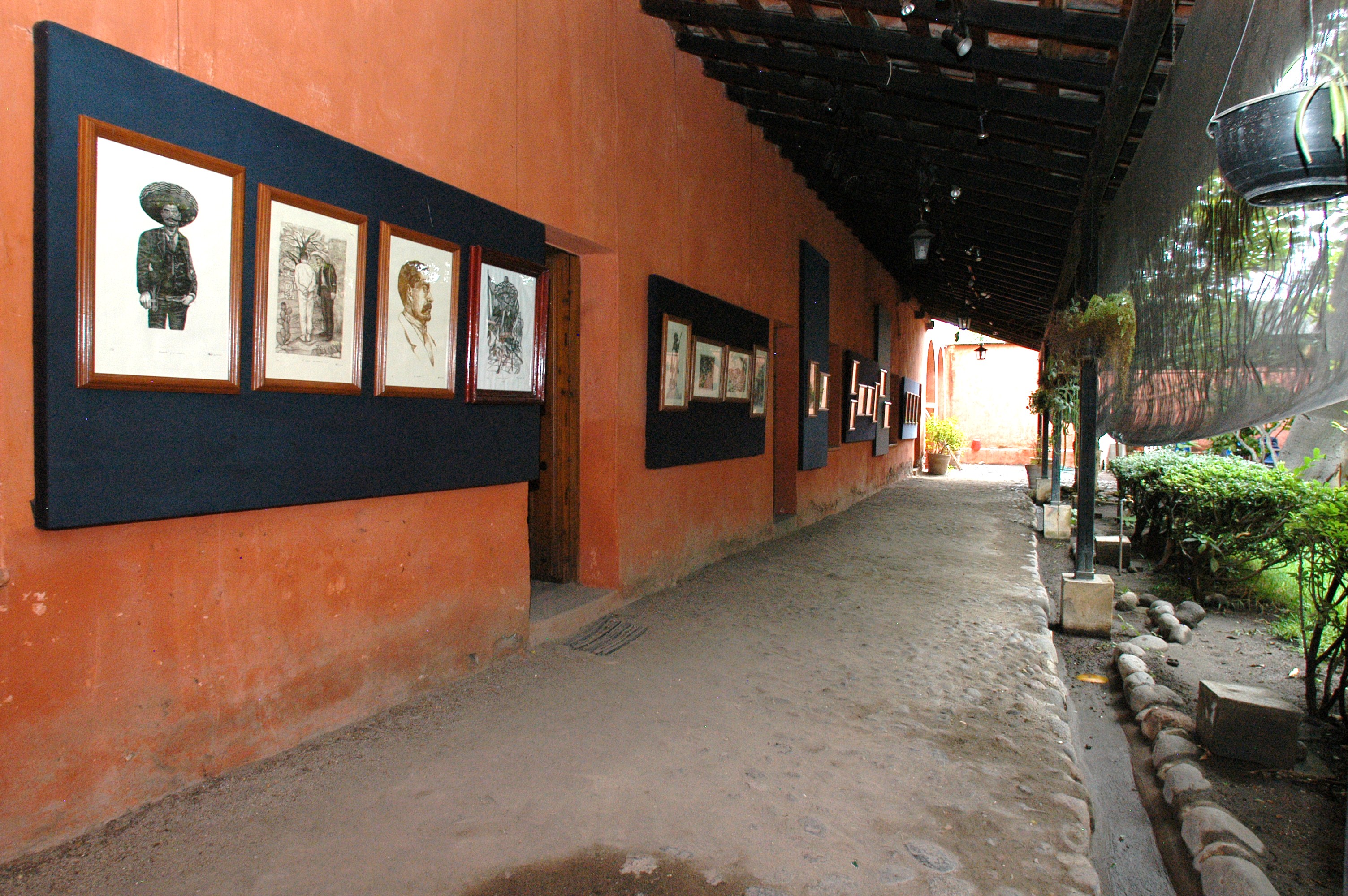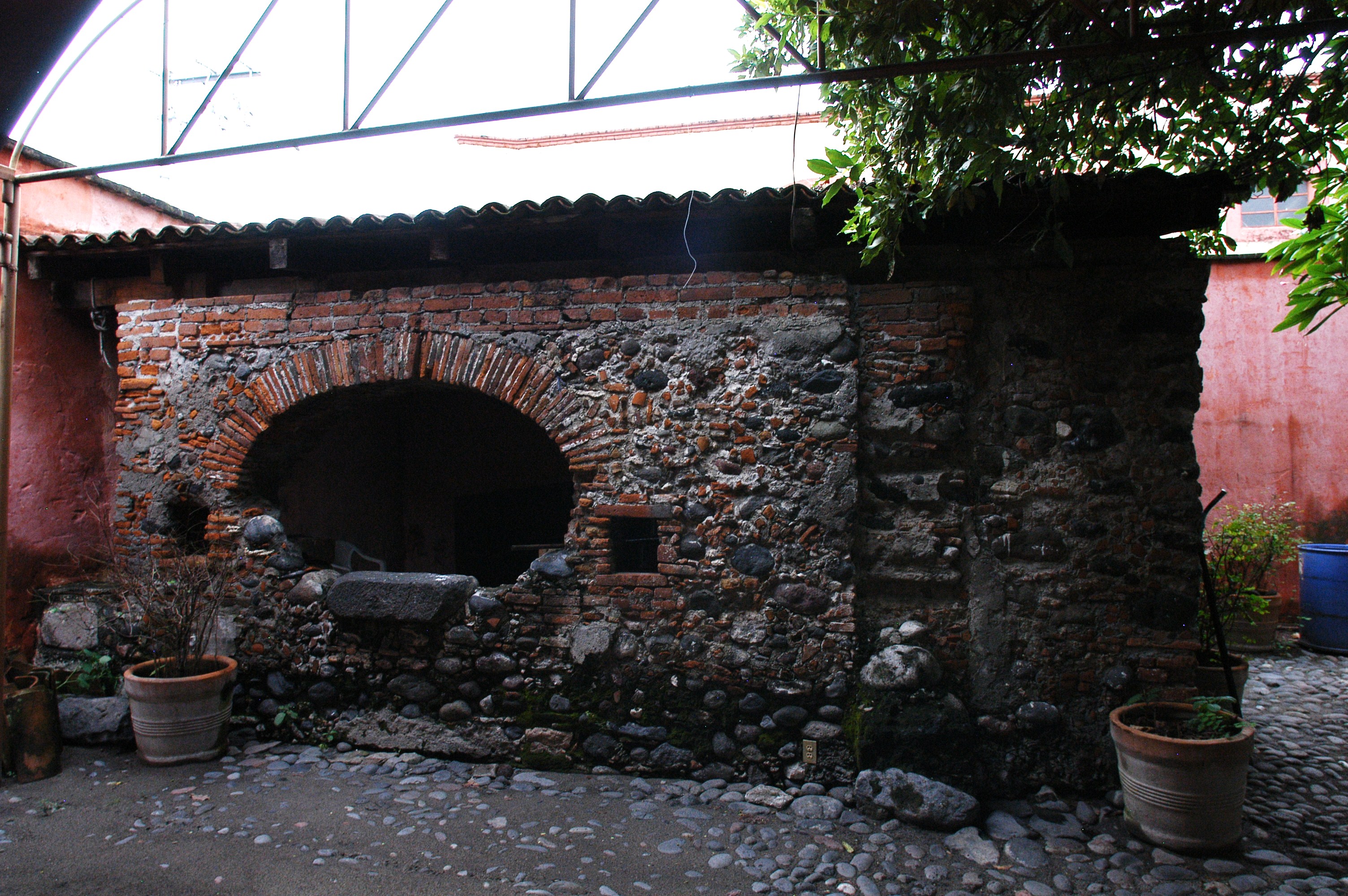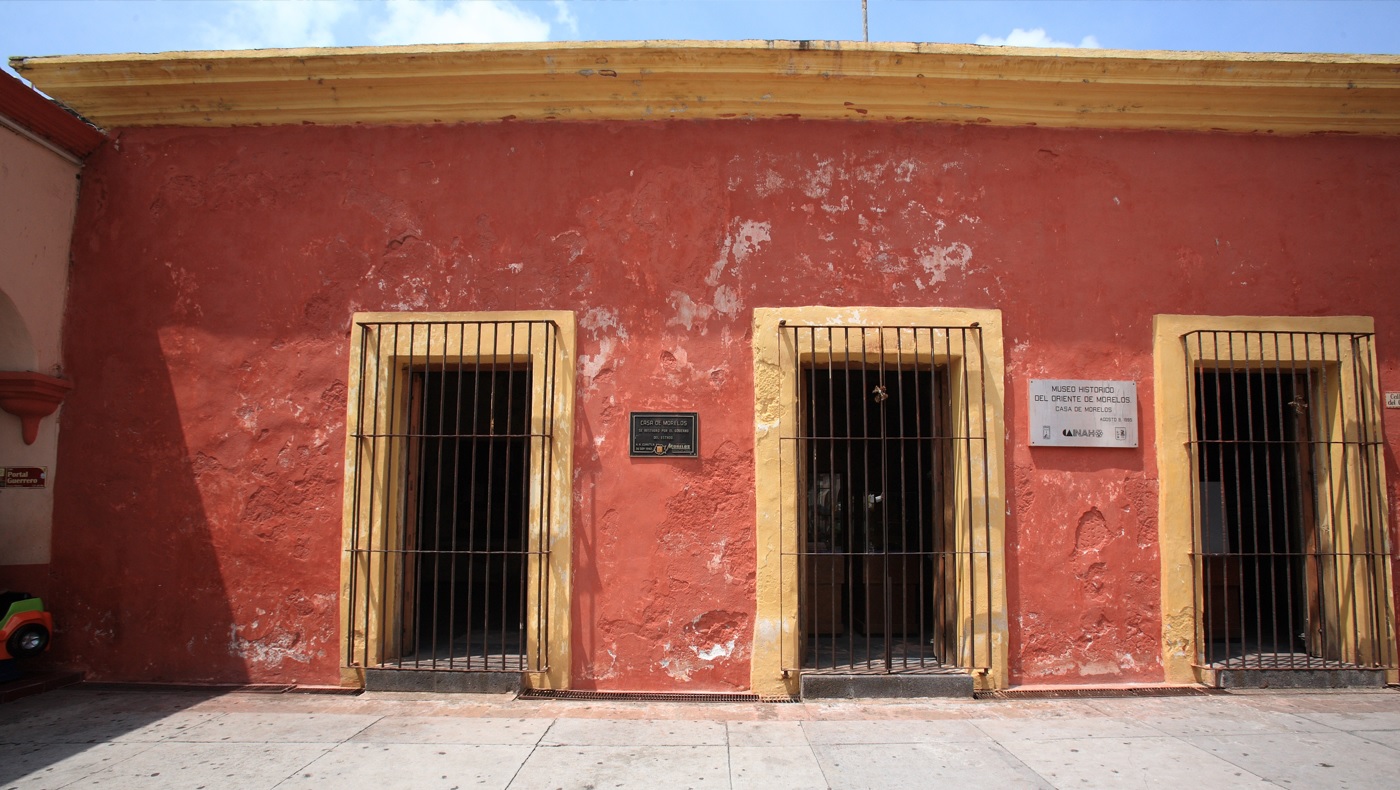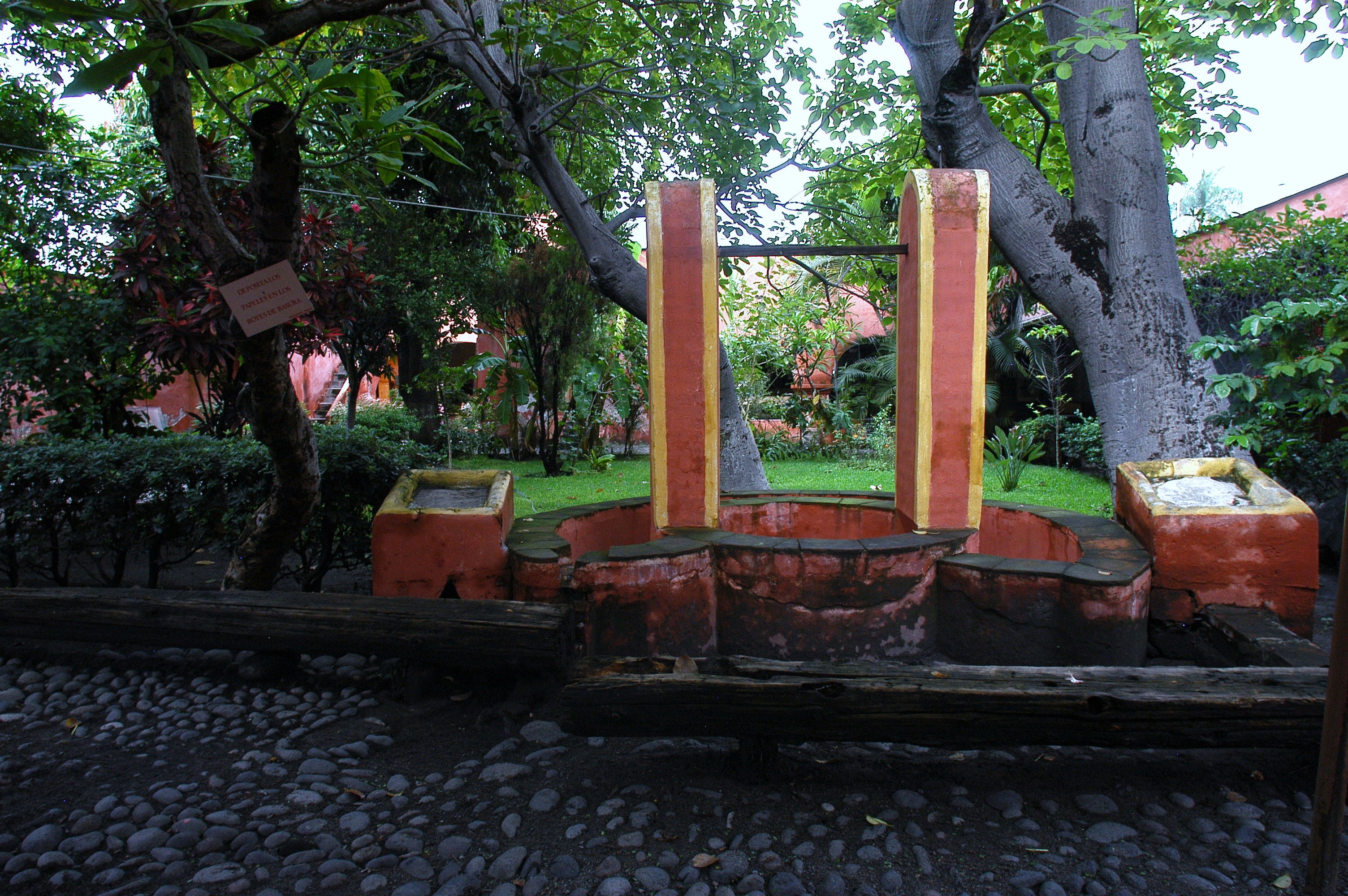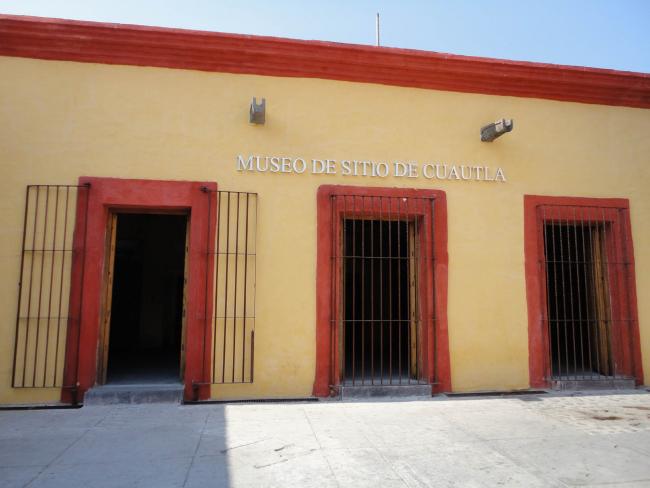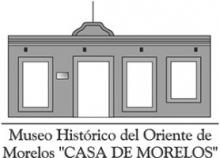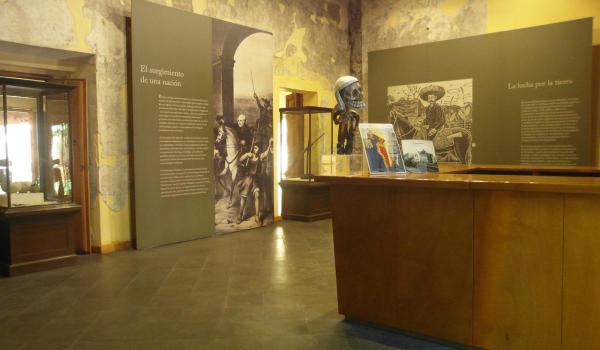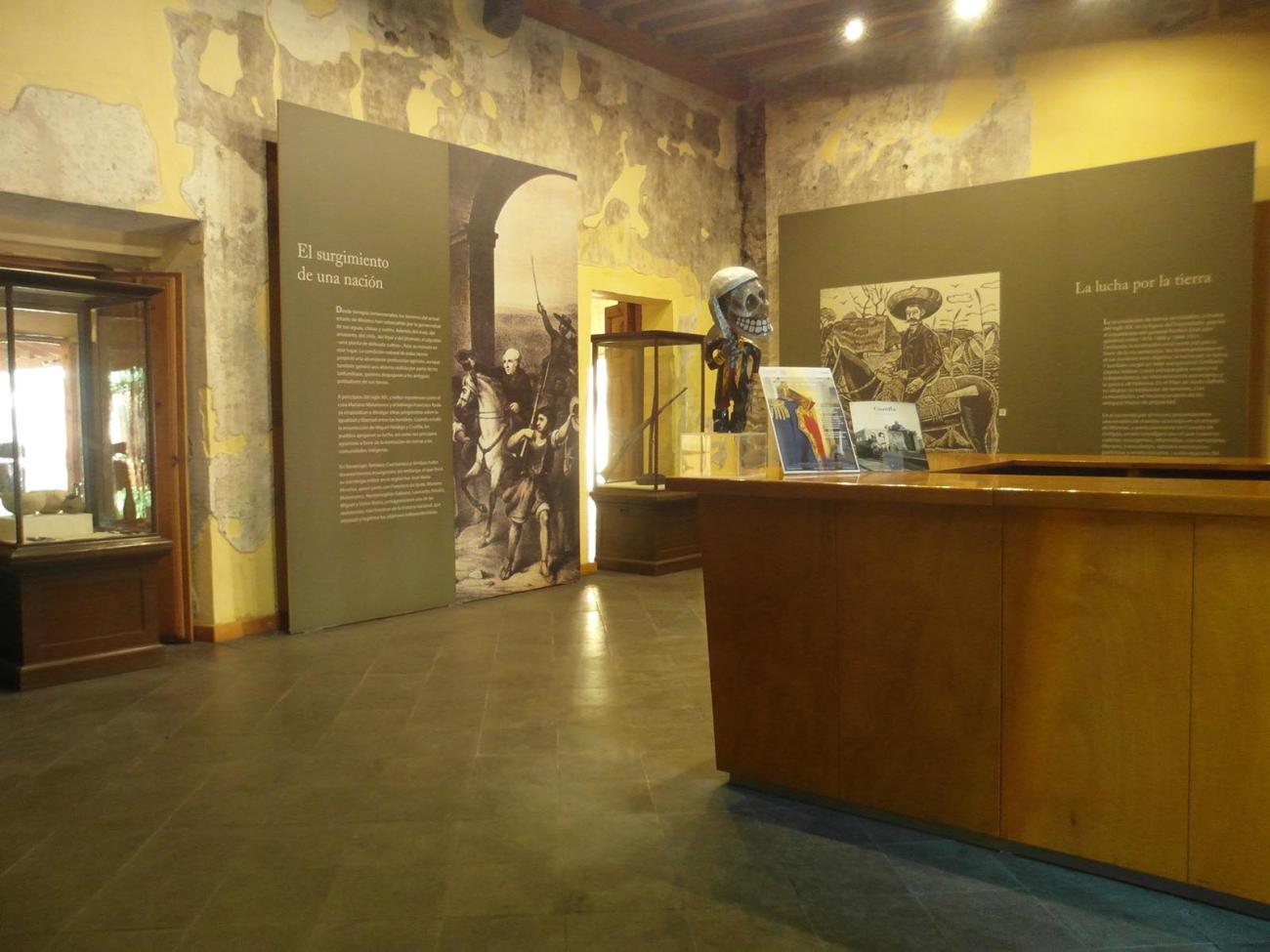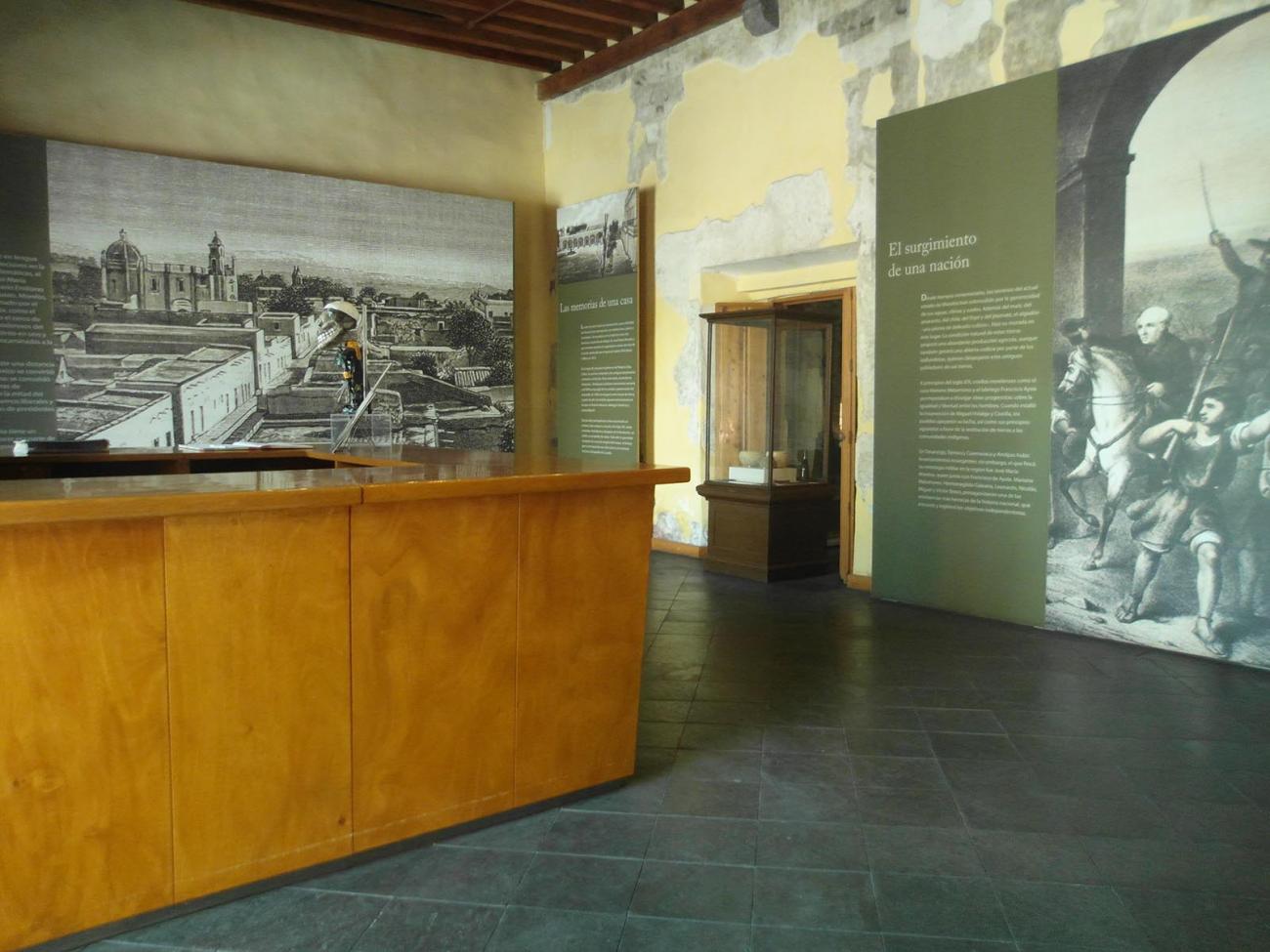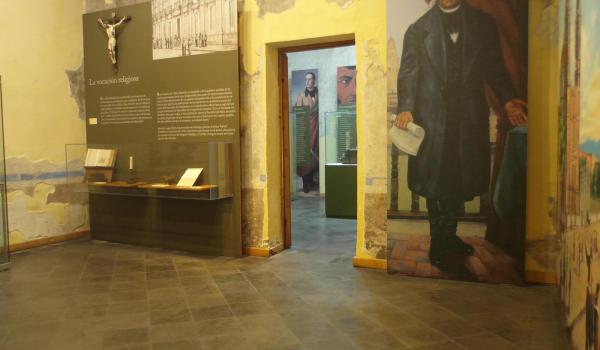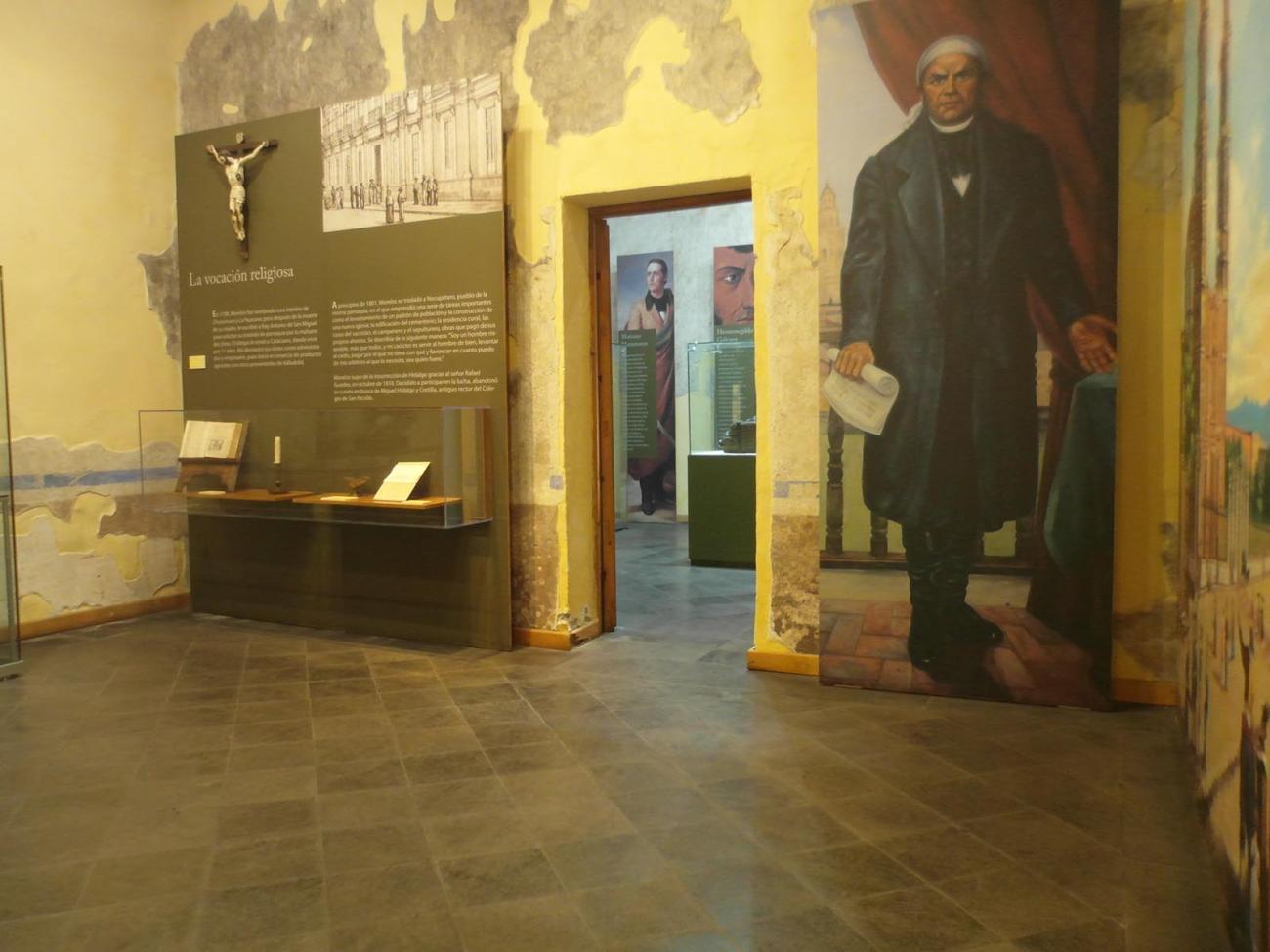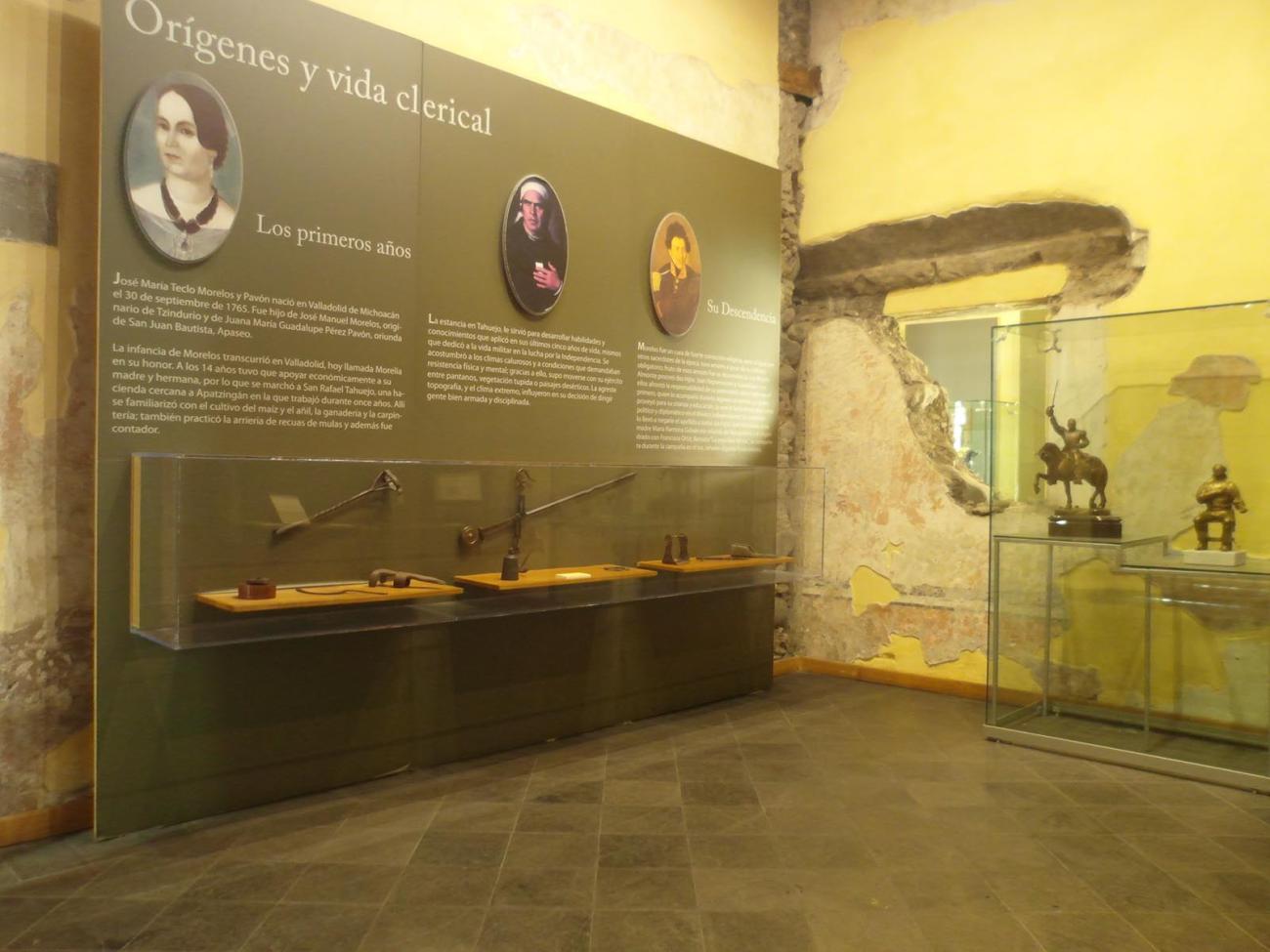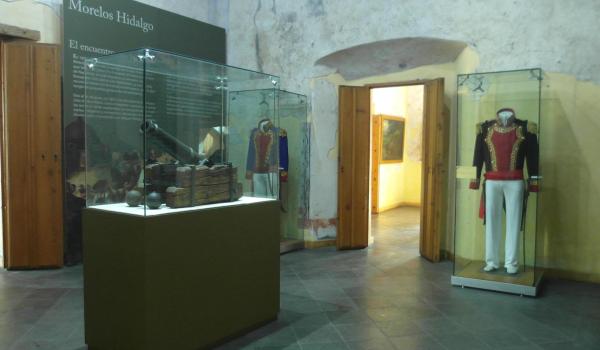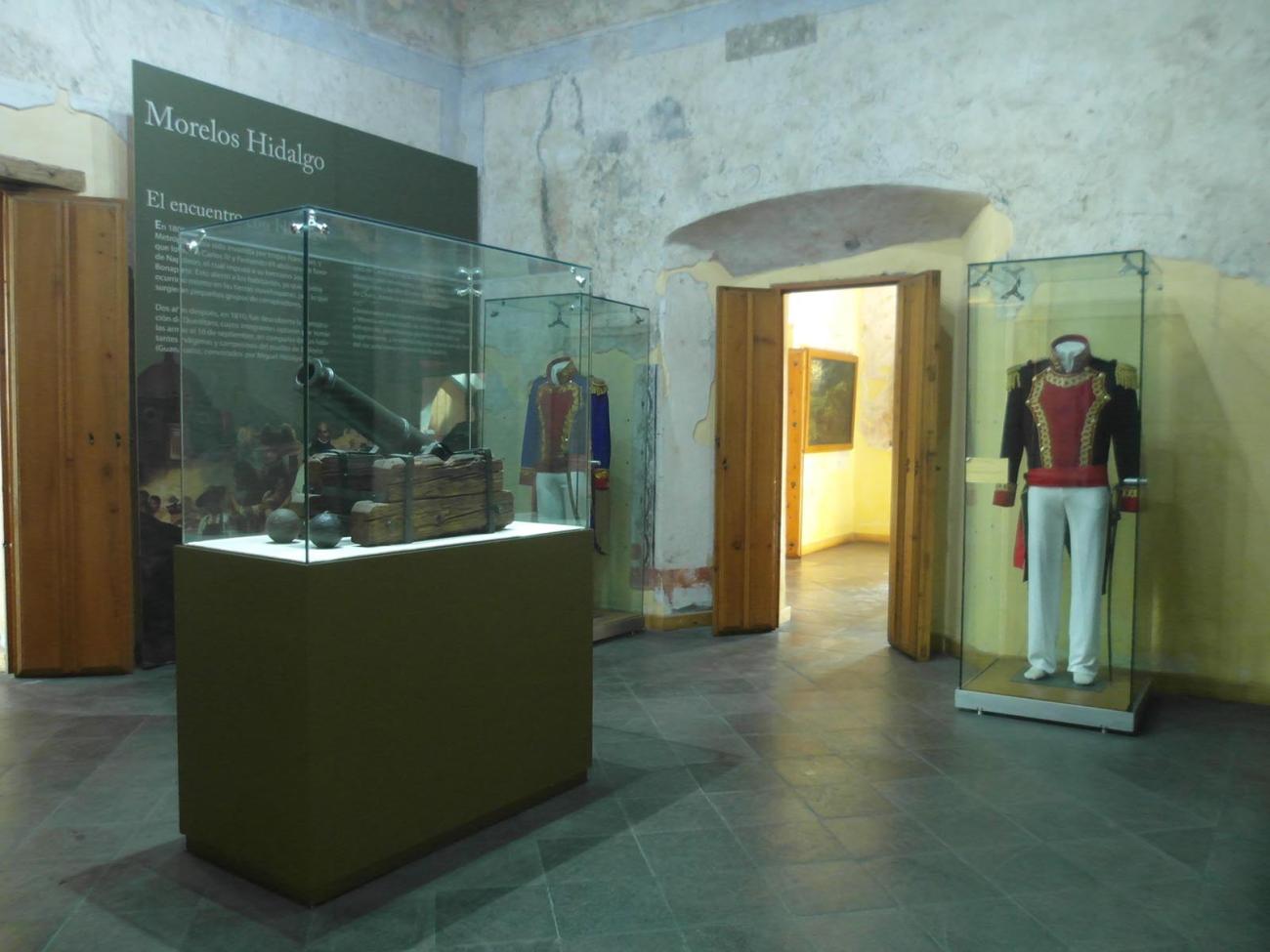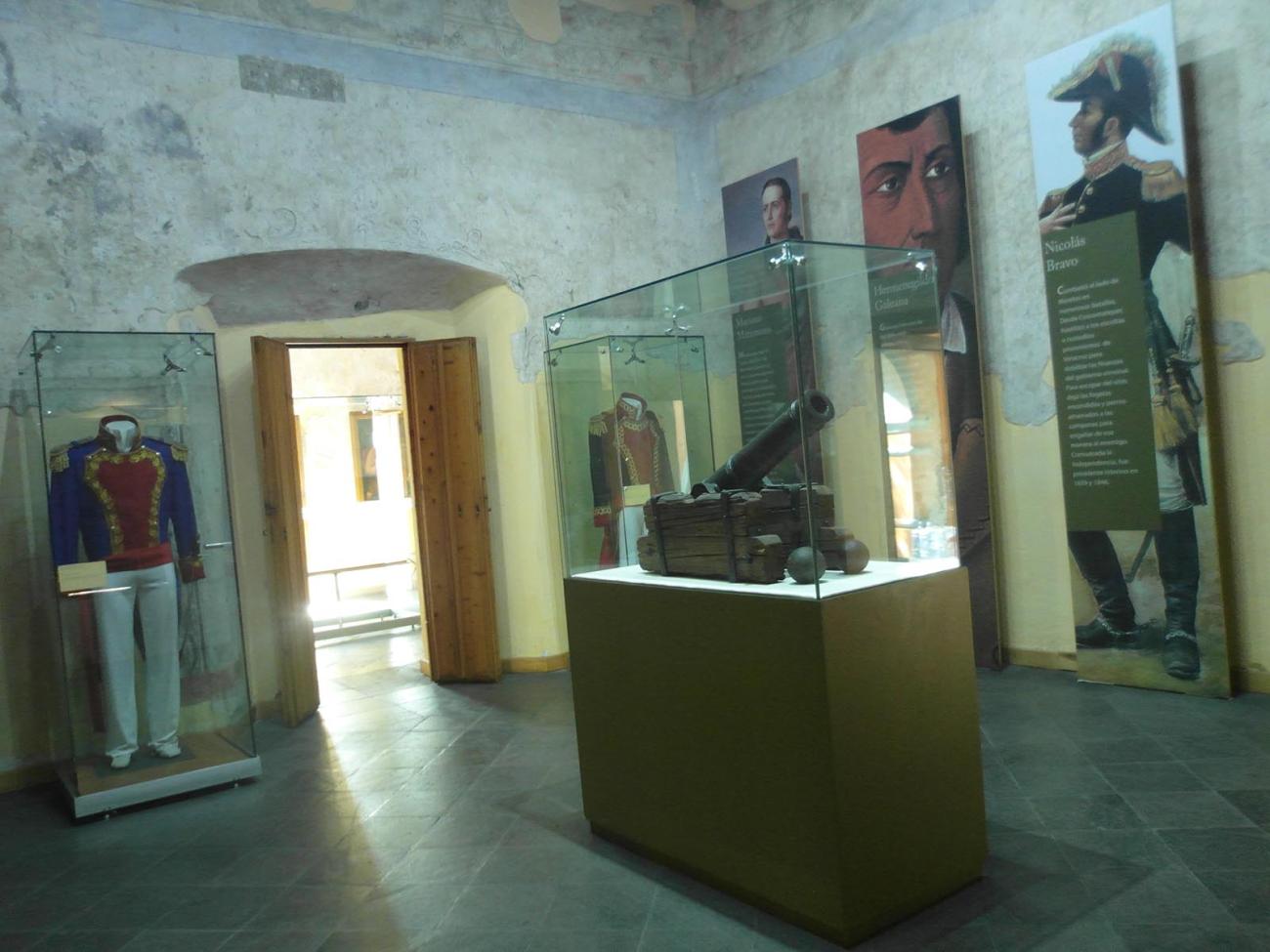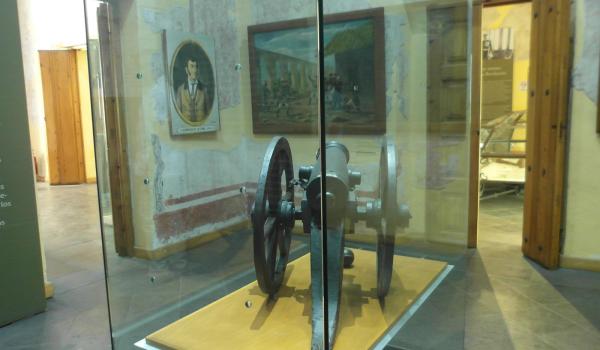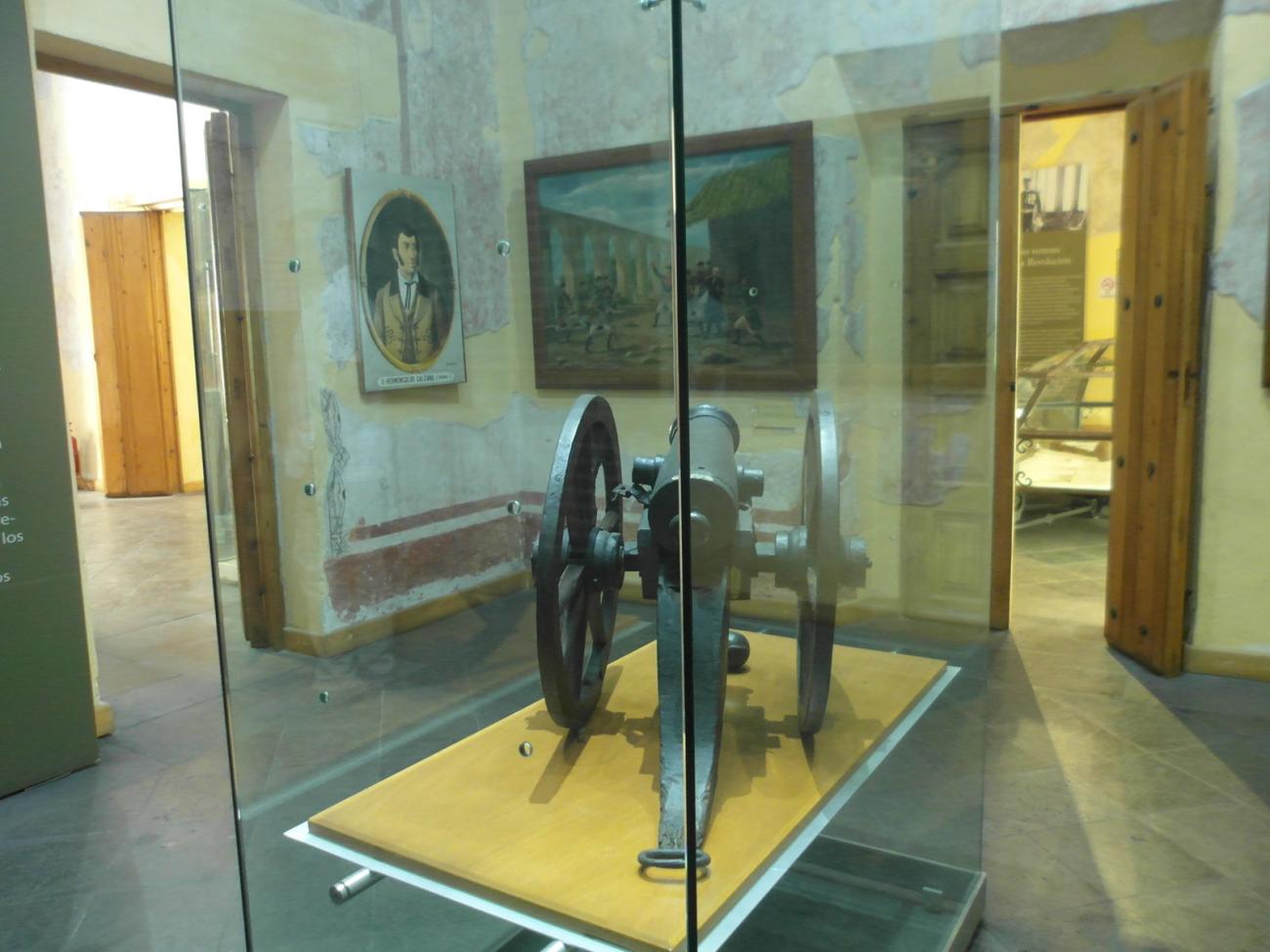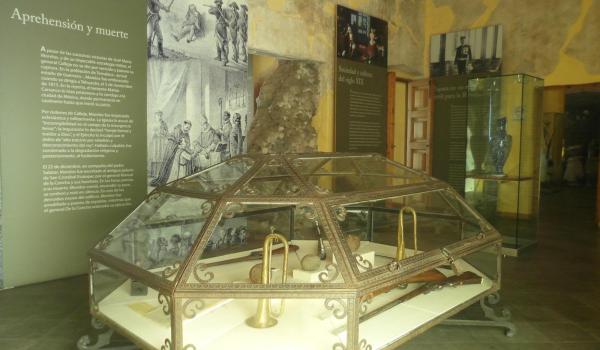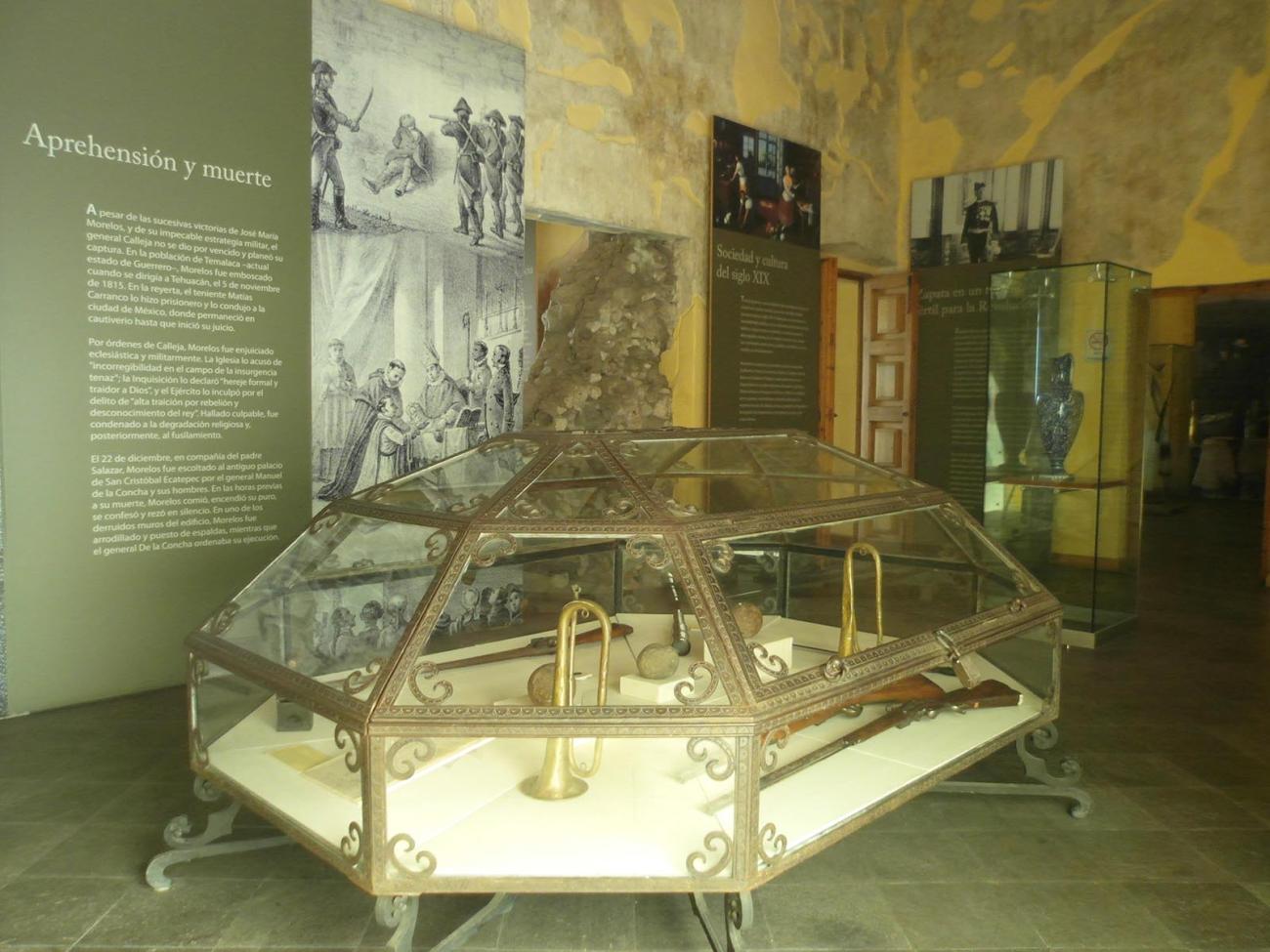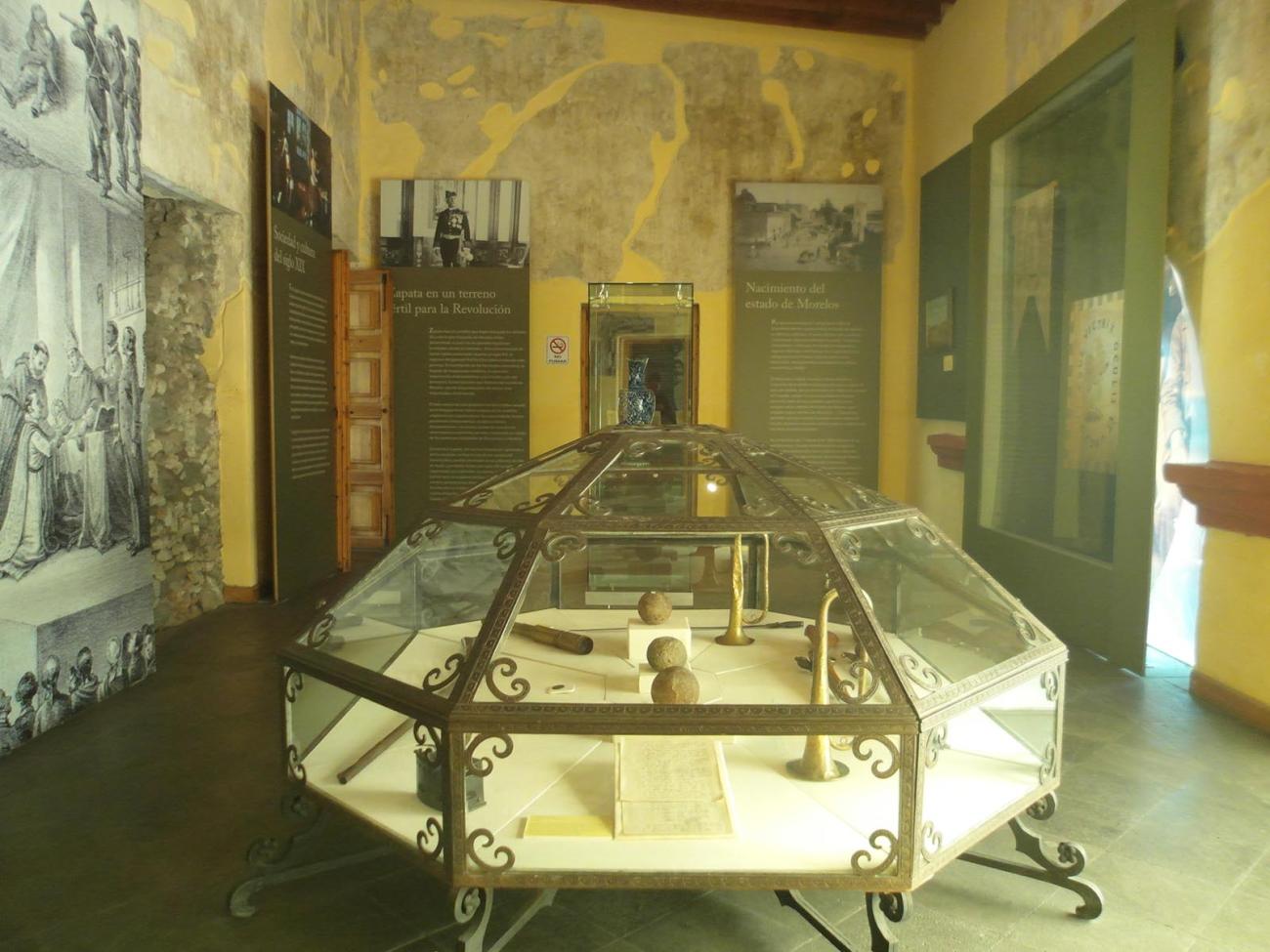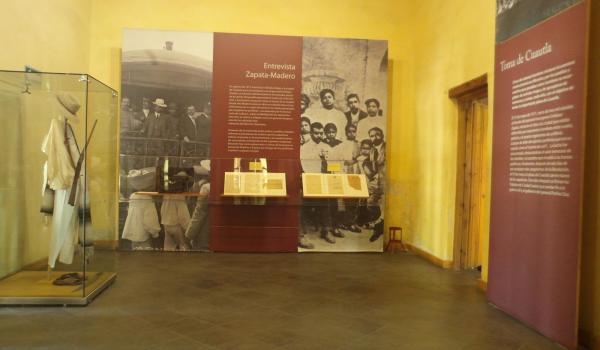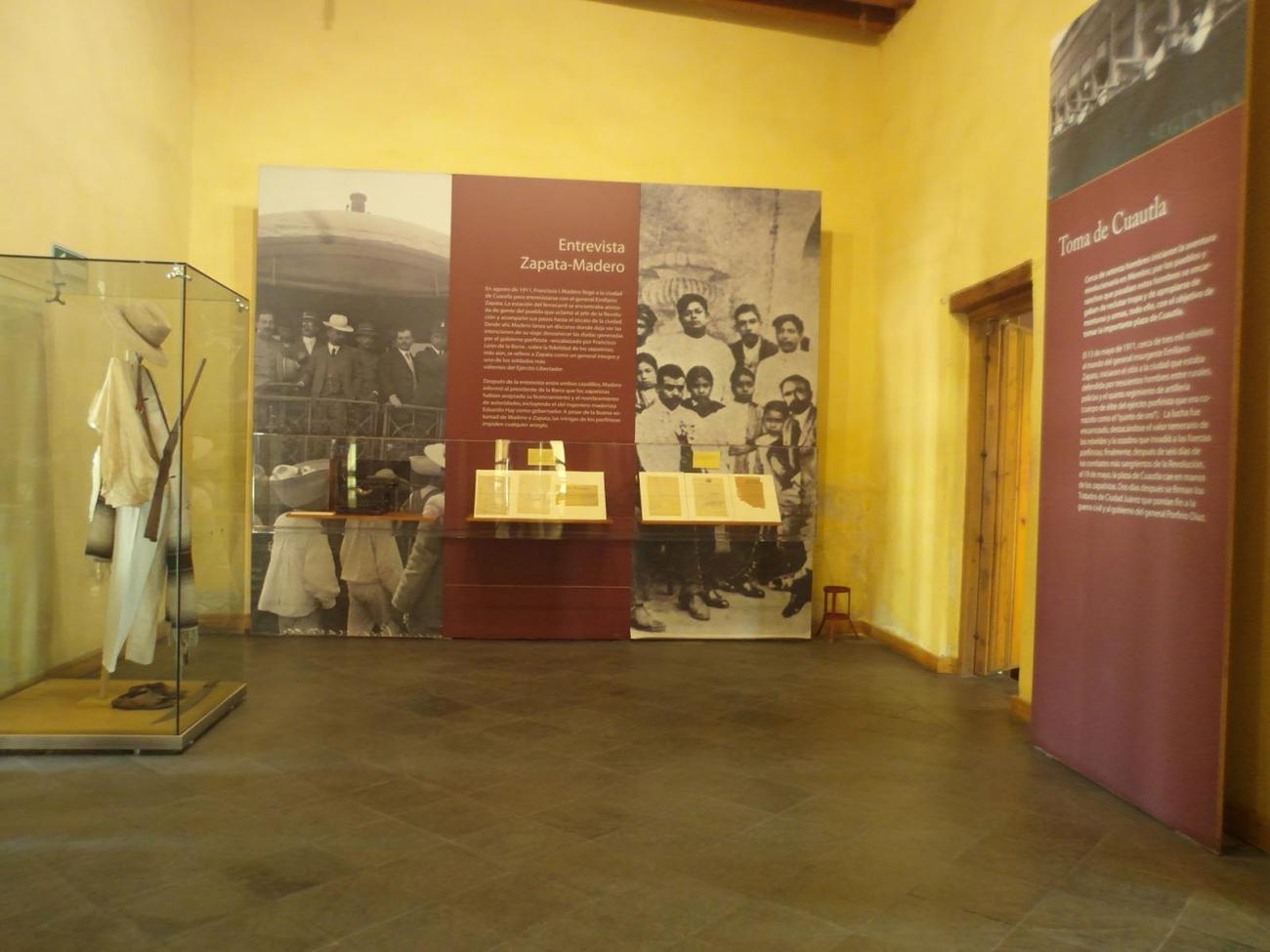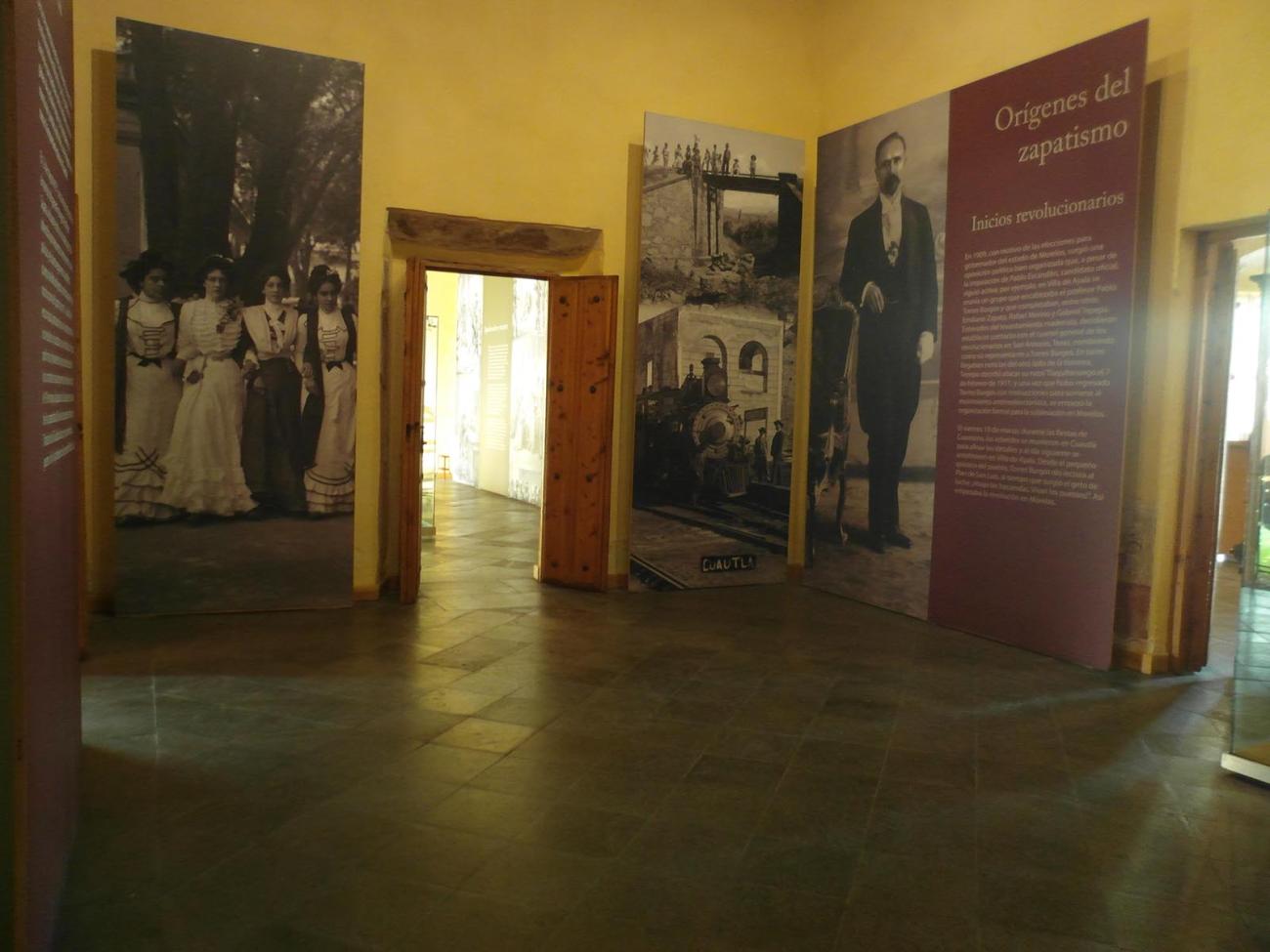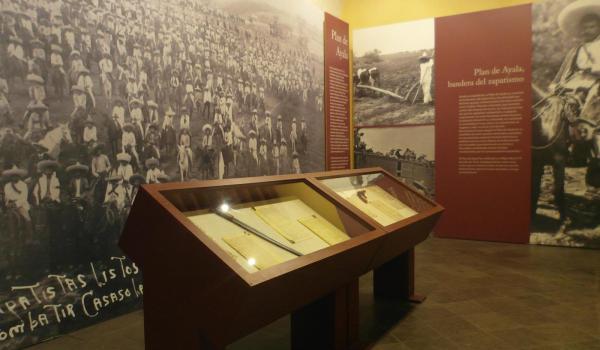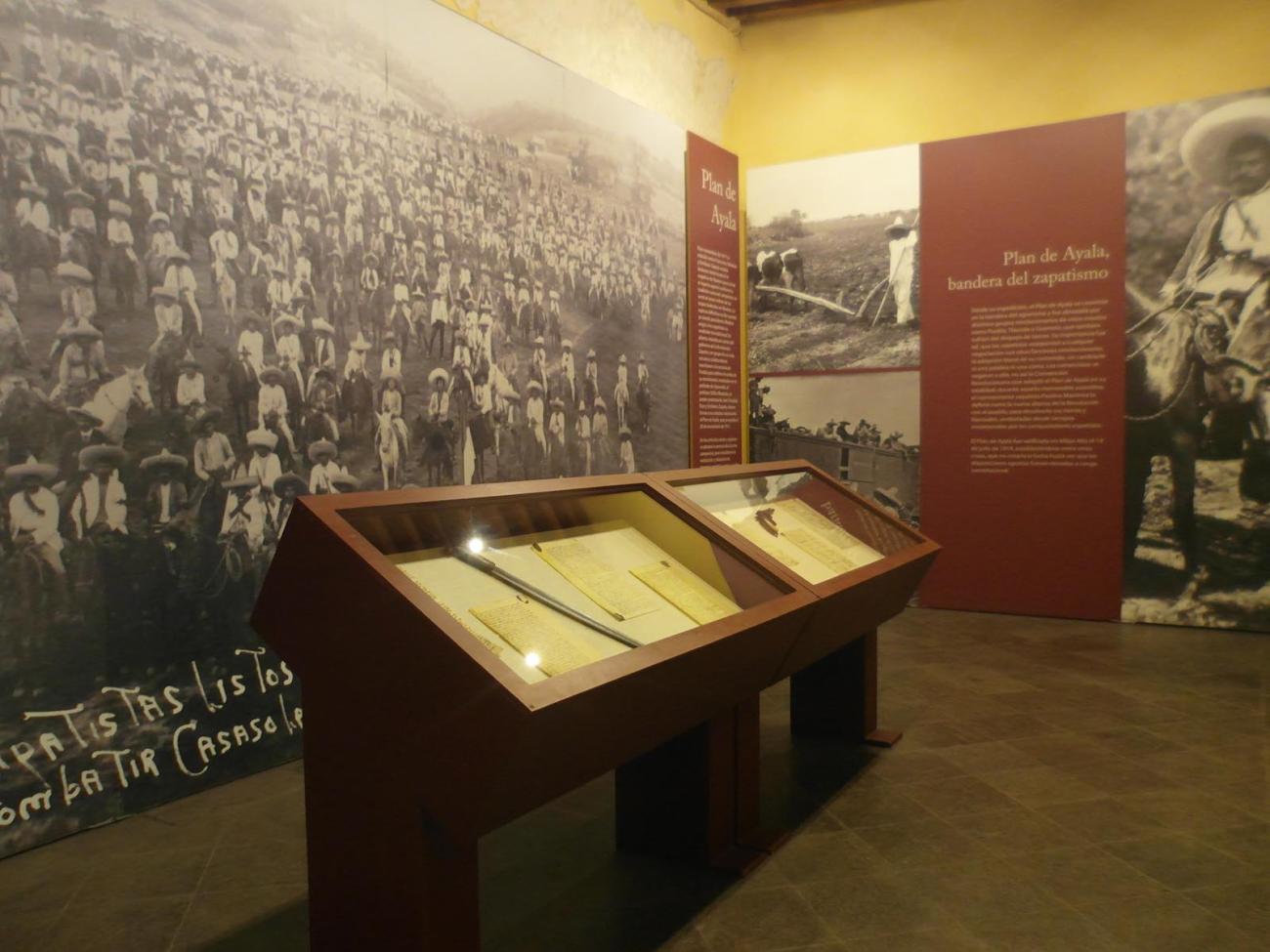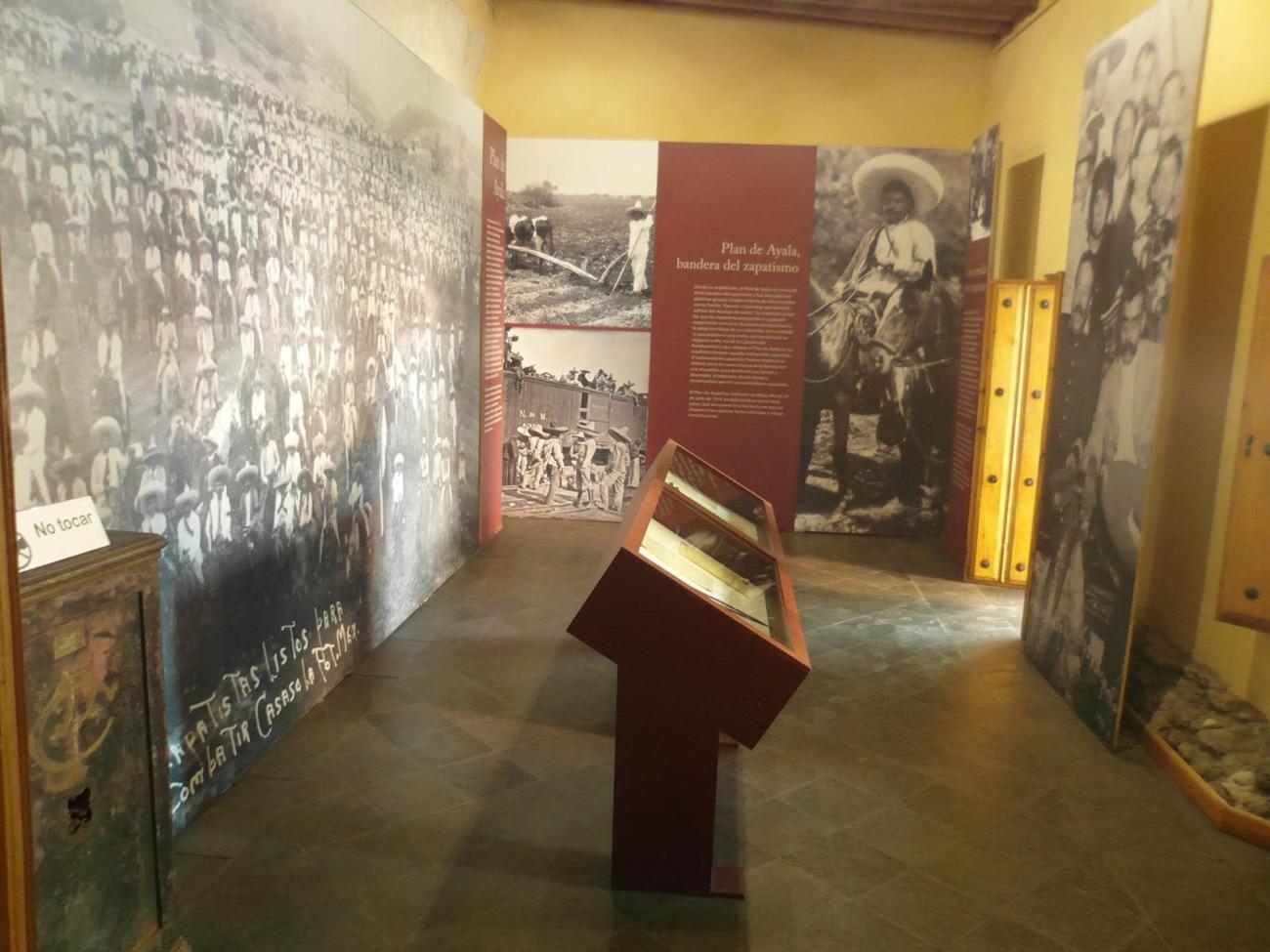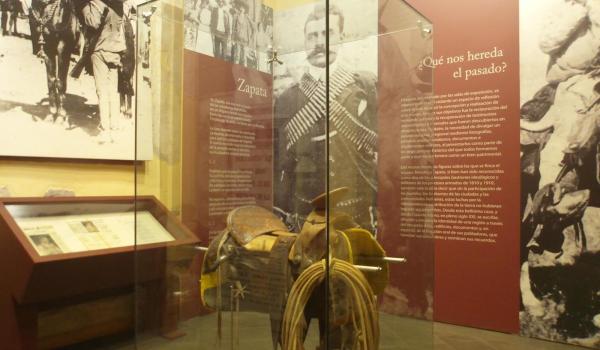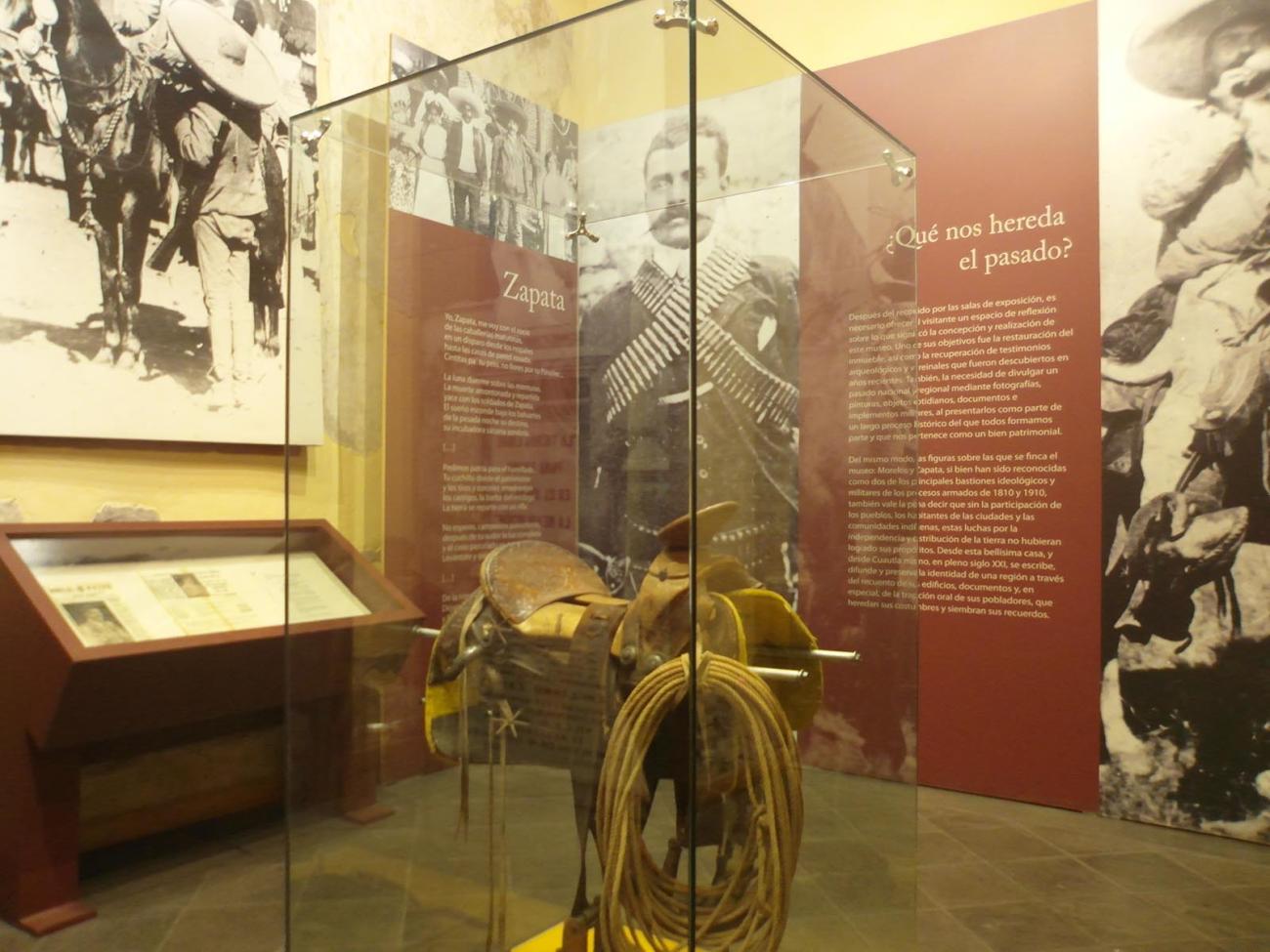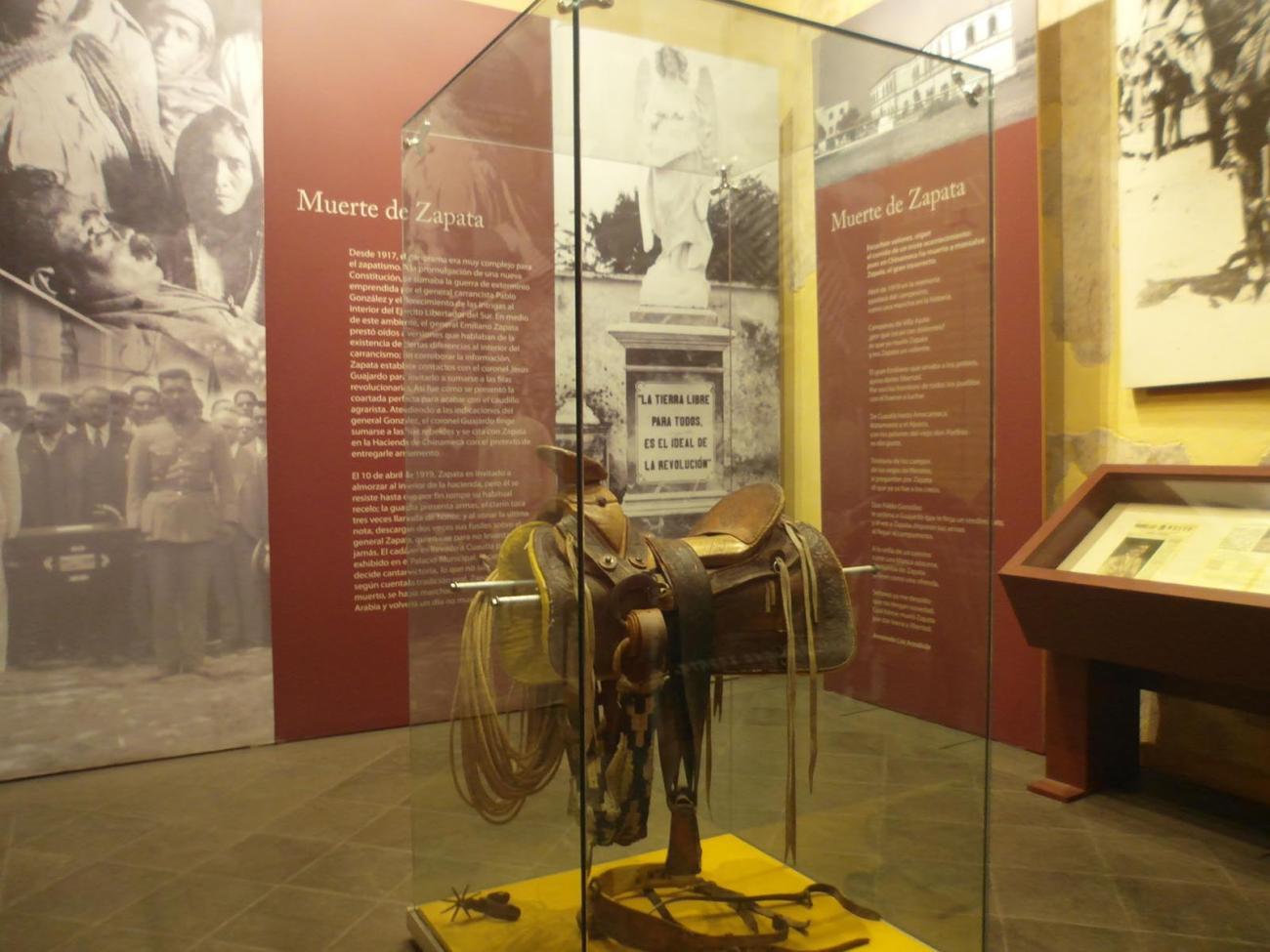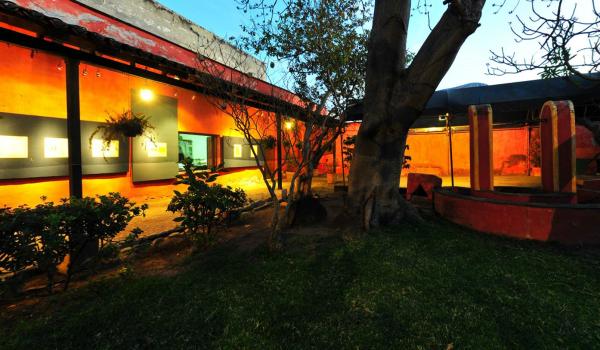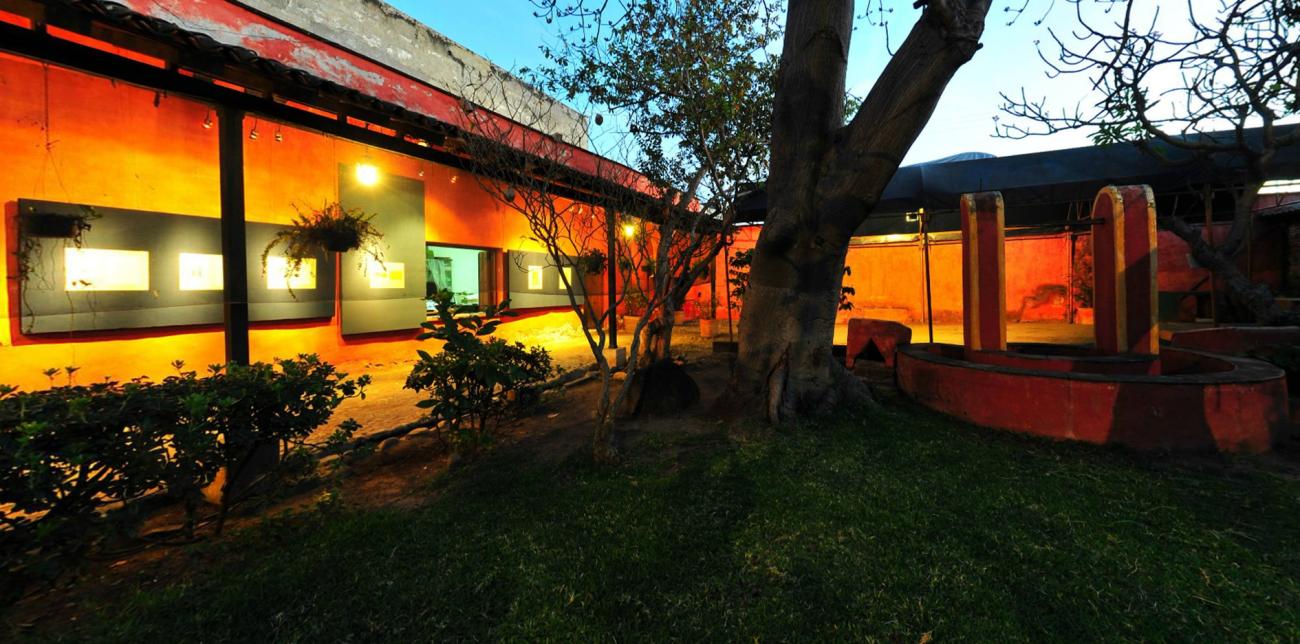Morelos and Zapata are currently the theme of this museum. According to oral tradition, this house was inhabited from February 19 to May 2, 1812 by José María Morelos y Pavón and their leading generals during the seige of Cuautla. The building, built in the eighteenth century, was declared a national monument in 1933, and on September 30, 1965 it opened its doors as a museum dedicated to the Servant of the Nation and to this historic event.
The space has undergone several restorations, in 1978, 1992 and 2010-2011. During the second one several pre-Hispanic burials were located, as well as viceroyal architectural elements (such as stucco and decorations), along with coins and armaments of the revolutionary epoch. As a result, the site was enriched to present a general panorama of the historical events of the region, from pre-Hispanic times (from the Preclassic to the Postclassic period) to Zapatismo, through contact with Europeans, evangelization, Independence, the Reformation and the foundation of the state of Morelos.
Finally, on the occasion of the bicentennial of Independence and the centennial of the Revolution, the museum was completely renovated, so that the theme—through eight permanent exhibition galleries—revolves around two fundamental characters in Mexican history: Morelos and Zapata. In the first room the history of the house is reconstructed and both heroes are remembered. From there, visitors can enter the rooms where information about the inhabitants of Cuautla is provided, along with information about José María Morelos and Pavón, especially his encounter with Miguel Hidalgo y Costilla, his principles as a strategist, his arrival in the town, the beginning of the siege of Cuautla, his departure from the locality, the "Sentiments of the Nation" text, and his capture and death. As for Emiliano Zapata, the political struggles against Pablo Escandón and Francisco I. Madero are highlighted, the meeting in Cuautla during the Lenten fair, the taking of the city, the promulgation of the Ayala Plan and the assassination of this peasant leader, which took place in April 1919.






